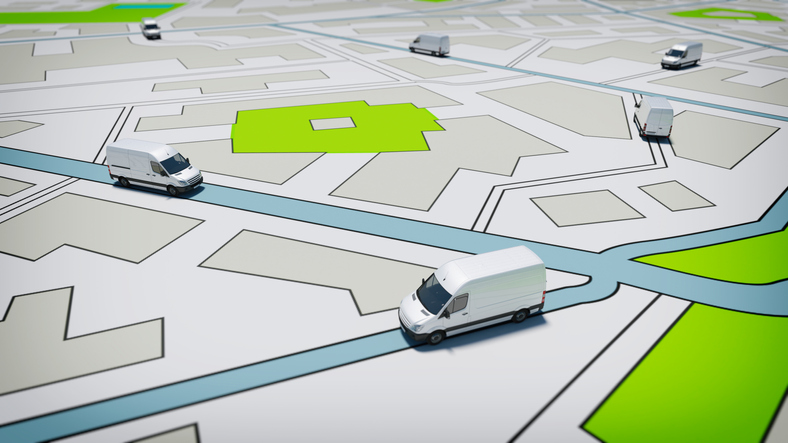
How far telematics can reach in assessing risk
April 26, 2021 by Jason Contant

Print this page Share
The use of telematics is expanding beyond traditional vehicles and tracking methods to increasingly focus on contextual risk, a speaker said Friday at the InsurTech North virtual conference.
Traditional telematics devices measure driving behaviours such as speed, time of day on the road, hard braking and other actions of the driver. But data collection has now evolved to contextual risk models that can take into consideration things like what a commercial fleet is carrying and fleets with similar driving patterns, said Sabina Martin, senior product manager at GEOTAB, an Oakville, Ont.-based commercial fleet telematics company.
The evolution is also expanding to different modes of transportation. “Last-mile delivery fleets — especially outside of North America, and it’ll be interesting to see if it moves here — are moving to things like scooters and motorcycles,” Martin said. “Traditional types of telematics are expanding beyond the typical vehicle and looking to attract anything and everything, from power to non-power, and bring that together in one place to make business decisions about your risk.”
The use of video-based telematics can also help determine, for example, why a driver was braking: Was it because they were cut off or not paying attention?

Clockwise from top left: Moderator Ryan Spinner, head of mobility at Liberty Mutual Canada; Sabina Martin, senior manager, product, GEOTAB; Fernand Vartanian, general counsel, Onlia; and Katie DeGraaf, global health of products and telematics, OnStar Insurance, General Motors, at InsurTech North.
Telematics can even be used to determine what’s happening on the infrastructure of the roads itself and using that data to see how road infrastructure impacts the wear-and-tear on the vehicle. “Not only at a fleet level, but on a driver level. So, instead of taking this route where you will be passing through these dangerous intersections, why don’t you try this other route?” said Martin, whose company’s clients include small business clients to enterprise and global customers.
The data can look at whether the fleet drivers are going back and forth to different hubs throughout the day, or if the driver is working overnight hours long-hauling far distances, for example.
“So, looking at the infrastructure around you, the speed of other vehicles and what are you carrying?” Martin used as other examples during the InsurTech North session Insuring the Future of Mobility. “If I’m driving a vehicle that is just a truck [versus] I’m towing a trailer with a ton of other goods, my ability to slow down is going to be different.
“We feel like we can package all of that contextual data and that location, and bring that data to the insurance companies to help with this digital trend.”
There are also benefits for customers with improved telematics, such as better deductibles and quotes that can help them save money.
But it’s still too early to tell if fleets will entirely embrace telematics. “I don’t know if they will fully transition into a UBI (usage-based insurance) model,” Martin said. “Time will tell.”
Feature image by iStock.com/alphaspirit
Have your say: